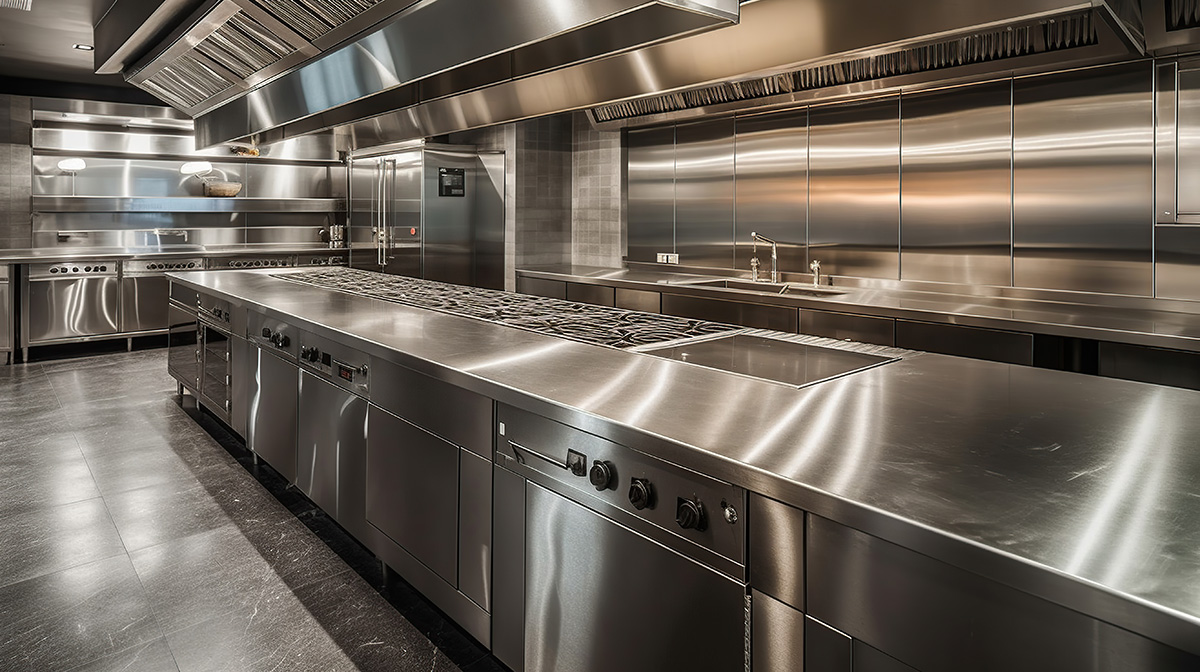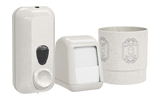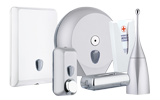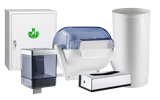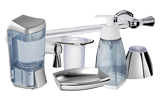At the heart of Italian cuisines, where tradition and culinary creativity blend, there is a silent but vital commitment to ensuring that every dish served is delicious and, above all, safe to consume. We’re talking about food hygiene, a crucial aspect that is underpinned by an intricate system of regulations and standards designed to protect our collective health and well-being.
The epicenter of this carefully choreographed dance is the “Regulation (EC) 852/2004 on the hygiene of food products”, a European document that establishes the fundamental principles of hygiene throughout the entire food chain. This regulation lays the foundation to ensure that every stage of production, from cultivation to distribution, meets rigorous hygiene criteria. In Italy, this regulation comes to life through the “Legislative Decree 193/2007“, which specifies detailed requirements for the hygiene of food products and introduces self-control and traceability procedures.
When it comes to products of animal origin, such as meat and dairy products, the “EC Regulation 853/2004 on products of animal origin” comes into play. This text is a bulwark against the risks associated with the consumption of these foods, establishing health standards and hygiene control procedures that concern kitchens and establishments that work with these ingredients.
In addition to community standards, Italy has regulated food safety at a national level with “Law 283/1962“. This law addresses the control and prevention of food-borne diseases by imposing obligations on food companies to ensure consumer safety.
As regards public environments in which food and drinks are prepared and served, the “DM 03/21/1973” comes into play, establishing hygiene standards to ensure that each location adopts safe and efficient practices.
A key element to prevent food risks is HACCP, which means “Hazard Analysis and Critical Control Points“. This food risk management system identifies and monitors critical points where potential health risks may emerge, allowing timely interventions and ensuring safer foods.
The importance of food hygiene is a shared responsibility, both for those who work in restaurants and in home kitchens. Respecting hygiene standards is essential to avoid contamination, allergies and food diseases, ensuring that every meal is not only delicious but also safe to enjoy.
In this journey towards food safety, collaboration between competent authorities, food sector operators and consumers is crucial. Only through this collective effort can we ensure that our kitchens will continue to be a place of creativity and pleasure, but also of reliability and safety.

